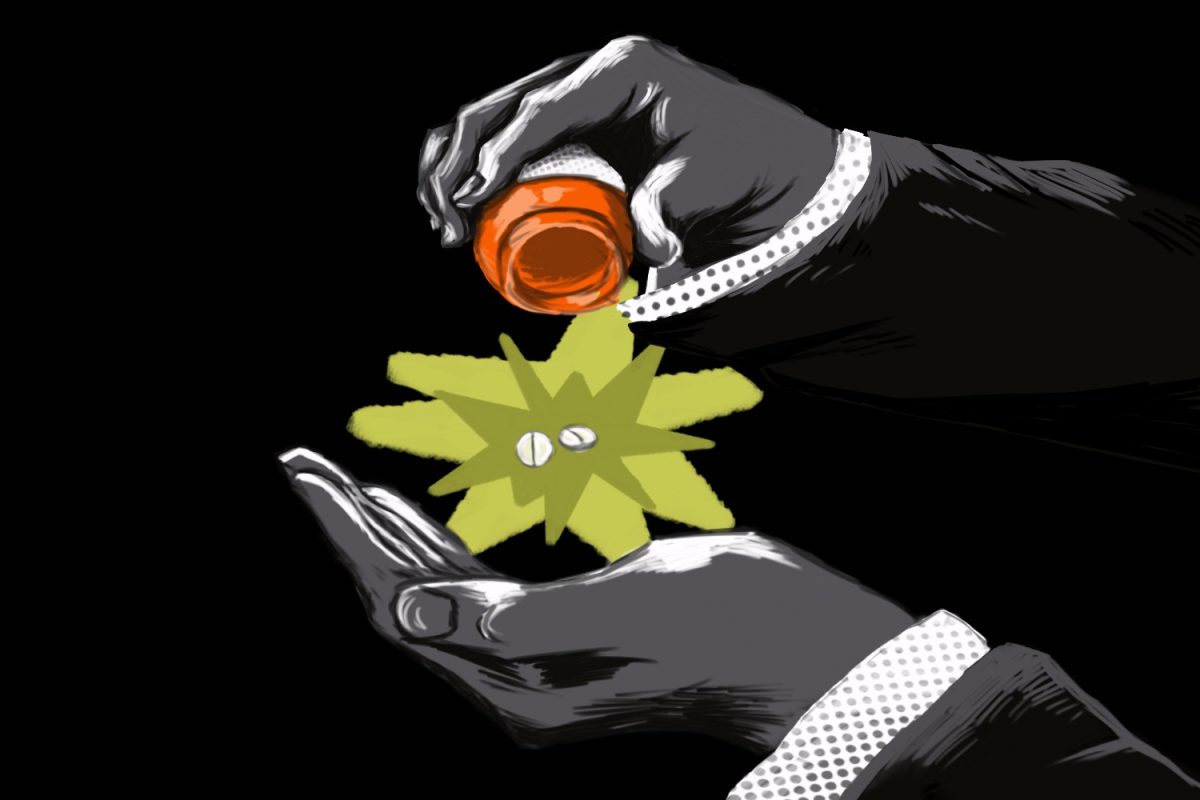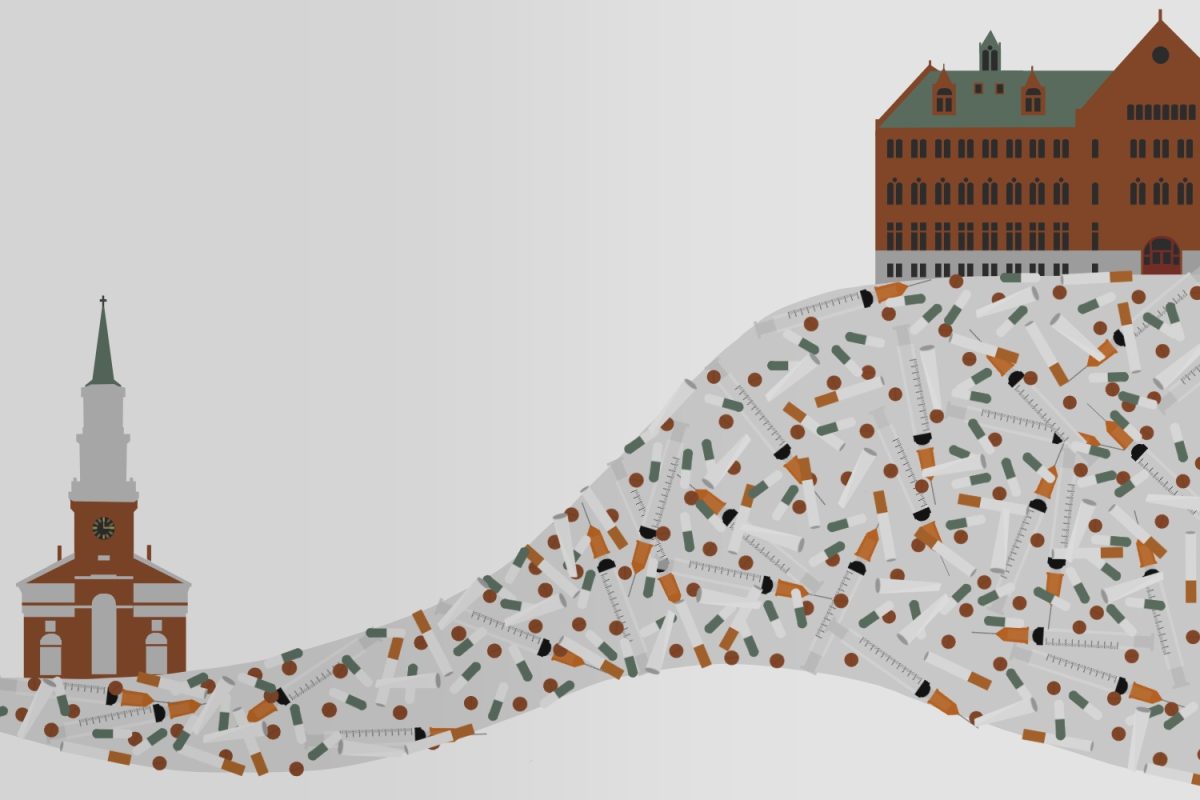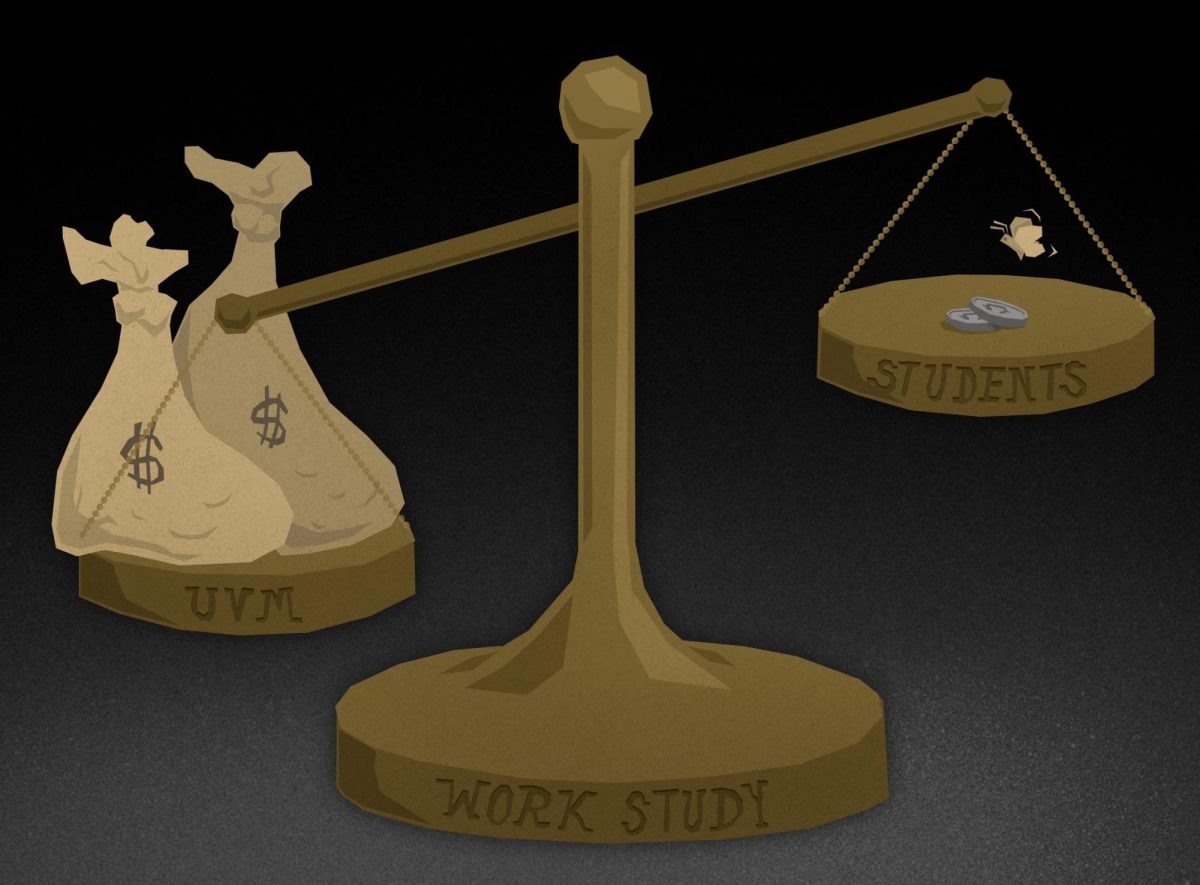I would like to commend the Cynic for giving the due respect to the passing of one of our peers, William Walls, in “William Walls: Remembering One UVM Student” in Issue 4. I write because I am concerned about the way Marfan Syndrome was reported in the article. While most of the facts presented were correct I think the article missed an opportunity to elaborate on a few of the major problems of the genetic disorder.
The Marfan Syndrome defect causes the weakening of a specific connective tissue which is involved in the stabilization of certain structures in the body. This leads to structural deficiencies that are created during the baby’s development. The article states “there is no preventative treatment” which in a sense is correct, there is no pill you can take to fix the problems created by the disorder. Yet being that the issues are structural, the approach to treating the disorder is not to cure it but to attempt to stabilize the structures weakened by the poor connective tissues, in which case there are many preventative treatments.
The physical problems associated with the disorder are found over many structures and therefore can be hard to detect. Doctors often fail to diagnose people as having Marfan Syndrome because there is such a broad range of characteristics. This is furthered by the fact that many doctors know very little, if anything about the disorder. The result is that there is a portion of the population that don’t know that they have Marfan’s and are missing out on available treatments.
The common outward characteristics of the disorder are people who are very tall and skinny and may have limbs out of proportion to their body. Skeletal problems are shown in some people in the form of structurally disfigured chests where the ribs may be pushed in or protrude out. As the original article points out there are also issues involving the eyes, the nervous system, skin, lungs, other parts of the skeletal system, and most importantly the vessels surrounding the heart. Yet, many of the characteristics that are indicative of Marfan’s are shown in some and not in others, and to varying degrees.
The connective tissue that is weakened by the Marfan mutation contributes to the stabilization of the aorta, the major artery going in and out of the heart. Because of the weakness of the artery, aneurysms, similar to a bubble, occur in the aorta, often due only to the force of the blood being pumped by the heart. Aneurysms are the primary concern of Marfan’s sufferers because of their instability and ease with which they tear, most often resulting in death.
Medication can be taken to slow the progression of aneurysms and surgeries have been developed using synthetic grafts to replace aneurysms in order to stabilize the aorta and replace leaking valves. The available treatments often save the lives of many Marfan’s sufferers and allow them to live long lives.
Most of this information I’ve learned through personal experience and I feel it’s important to pass on. I urge anyone with questions to talk to their doctor as well as check out the National Marfan Foundation website (marfan.org). Finally, I would like to offer my condolences to the Walls family for their untimely loss.











